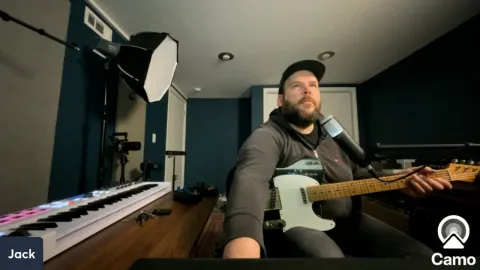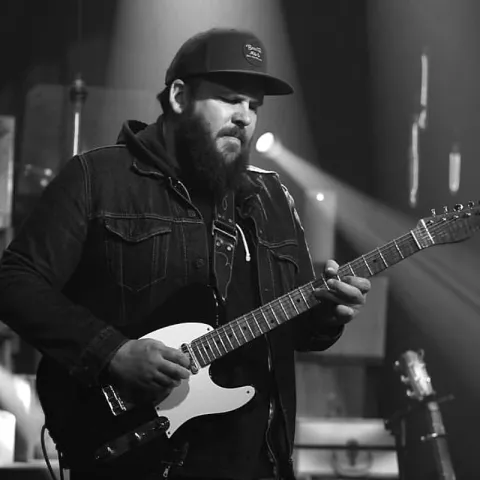In this masterclass, Jack delves into the intricacies of guitar triads and melodic soloing, offering a comprehensive guide for enhancing melodic approaches in guitar playing. He begins by emphasizing the importance of understanding triads in the context of various chord progressions, particularly focusing on diatonic chords. Jack introduces the concept of triad groupings and shapes, explaining their relevance in navigating the fretboard efficiently and creating coherent melodic lines. He compares his method to the CAGED system, highlighting how his approach simplifies the visualization of chords and scales across the fretboard.
Throughout the session, Jack demonstrates practical examples of how to apply triad shapes to songwriting and improvisation. He showcases different triad positions on the guitar neck and explains how these can be used to play over song-oriented chord progressions that aren't necessarily bluesy or jazzy. Jack provides insights into breaking down complex harmonic ideas into simpler, manageable components using triads. He also explores the art of melodic soloing, sharing tips on incorporating triads into solo performances to achieve a more melodically rich sound.
The masterclass concludes with Jack addressing questions from viewers, offering personalized advice on practicing triads and integrating them into various musical contexts. He suggests practicing over simple melodies or chord progressions and emphasizes the value of applying these concepts in a real-world musical setting. Jack encourages experimentation with triad shapes and positions, stressing the importance of understanding their role in creating compelling guitar parts. The session is packed with actionable tips and techniques for guitarists looking to expand their harmonic and melodic vocabulary through the mastery of triads.

